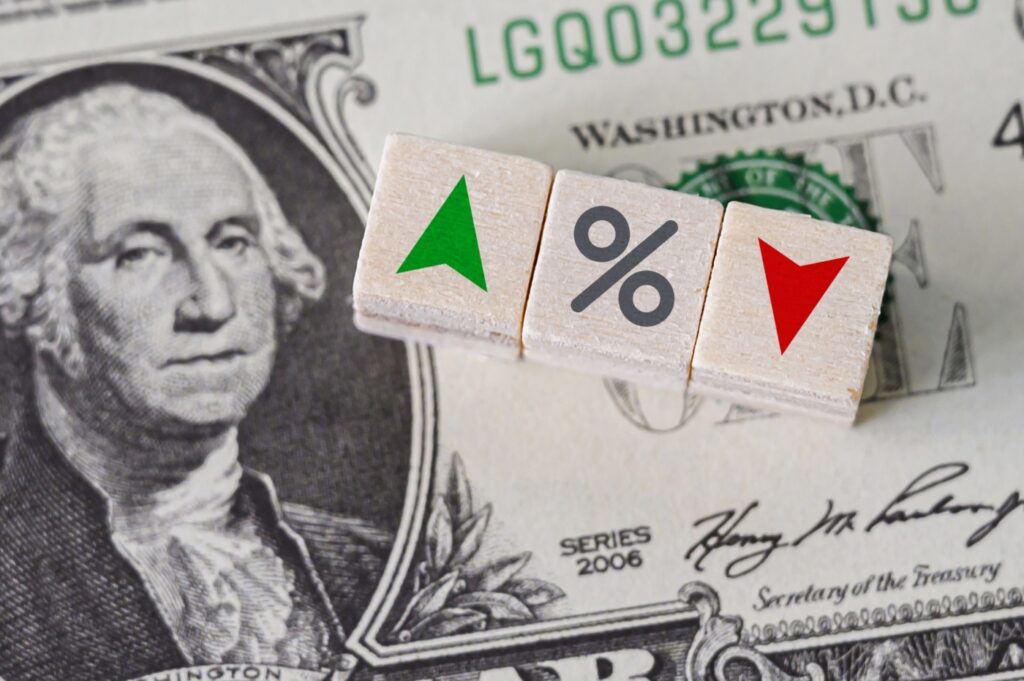
Mortgage rates climbed this week after three weeks of declines, according to the latest survey from Freddie Mac.
The 30-year fixed-rate mortgage averaged 6.71% in the week ending June 29, up from 6.67% the week before, according to data from Freddie Mac released Thursday. A year ago, the 30-year fixed-rate was 5.70%.
Mortgage rates have remained over 5% for all but one week during the past year and even went as high as 7.08%, last reached in November.
“Despite affordability headwinds, homebuyers have adjusted and driven new home sales to its highest level in more than a year,” said Sam Khater, Freddie Mac’s chief economist. “New home sales have rebounded more robustly than the resale market due to a marginally greater supply of new construction. The improved demand has led to a firming of prices, which have now increased for several months in a row.”
The average mortgage rate is based on mortgage applications that Freddie Mac receives from thousands of lenders across the country. The survey includes only borrowers who put 20% down and have excellent credit.
The US housing market has been on a wild ride in the past two years: Home sales and prices soared in the recovery from the pandemic; but then as mortgage rates jumped, closings plummeted and prices started coming back to Earth.
Mortgage rates have ticked down in recent weeks, and the 30-year fixed-rate mortgage averaged 6.67% in the week ending June 22.
Inflation focus
Meanwhile, investors continued to take in Fed Chairman Powell’s comments on rate hikes.
“Two weeks ago, the Fed signaled that the projected policy rate would be 50 basis points higher than previously expected by the end of 2023, which is also half a point higher than the current rate,” said Jiayi Xu, an economist with Realtor.com. “Powell’s recent comments remarked that the very strong labor market is the main driver behind the Fed’s rate setting decisions and that there’s more restriction coming.”
While this may pose near-term upward pressure on interest rates, including for mortgage rates, she said, she expects a gradual decline that could bring rates near 6.0% by year-end.
The Fed does not set the interest rates that borrowers pay on mortgages directly, but its actions influence them. Mortgage rates tend to track the yield on 10-year US Treasuries, which move based on a combination of anticipation about the Fed’s actions, what the Fed actually does and investors’ reactions. When Treasury yields go up, so do mortgage rates; when they go down, mortgage rates tend to follow.
Homebuyer headwinds
As rates have cooled over the past couple weeks, applications for mortgages have gone up, according to Mortgage Bankers Association.
“Purchase applications increased for the third consecutive week to the highest level of activity since early May but remained more than 20% lower than year ago levels,” said Joel Kan, MBA’s Vice President and Deputy Chief Economist.
New home sales have been driving purchase activity in recent months as buyers look for alternatives to very low inventory of existing homes.
“Existing-home sales continued to be held back by a lack of for-sale inventory as many potential sellers are holding on to their lower-rate mortgages,” said Kan.
Even as rates have been trending lower the past few weeks, for much of May rates were climbing. This resulted in home buyer affordability worsening in May, according to MBA.
The national median monthly payment for purchase loan applicants increased 2.5% to $2,165 from $2,112 in April, the MBA found. It is up $268 from one year ago, a 14.1% increase.
In addition to still-high mortgage rates and housing prices, the shortage of housing supply has worsened the conditions faced by first-time home buyers, creating an especially challenging situation for those dreaming of homeownership.
“While smaller entry-level homes may not meet the criteria of a dream home, there is strong demand, but very few homes available that fit the bill,” said Xu. “Thankfully, builders are taking note of the market need and are making efforts to catch up to demand through new construction, especially of homes at lower price tiers.”
After dropping below 10% in 2022, the proportion of new homes sold that are priced under $300,000 is on an upward trajectory, Xu said.
Early estimates in May indicate that homes within this price range constituted approximately 17% of total sales, marking the highest share since December 2021, when the share was 18%.
“Despite this encouraging news, there remains an urgent need for more homes at the most affordable price points, where the shortage of available inventory is most severe,” said Xu.
CA LEAVE LINKS
Leaving California?
What states are the safest places to live?
Here are the healthiest states to consider
States with the strongest job markets
What state is the best bargain?
36 reasons why California’s so darn expensive
A 2022 guide to what state is best to move to
A 2021 guide to what state is best to move to
Related Articles
Mortgage rate climbs, ending 3-week streak of declines
Will homeowners’ insurance crisis upend home sales in California?
Fed keeps rates unchanged for first time in 15 months
Proposition 19’s death tax needs to die, readers say
Mortgage rates fall to 6.71% after 3-week jump
